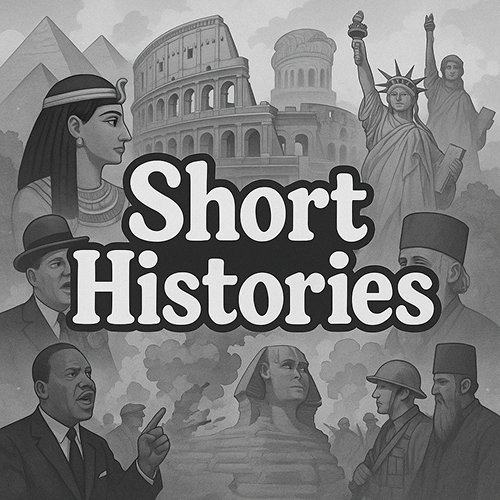There was a time, not very long ago, when time itself was local, literally. Noon in one town might come ten minutes earlier than noon in the next, because people simply told time by the sun. Sundials ruled, church bells tolled, and life flowed as naturally as the seasons. Time was regional, relative, and slow-moving.
But all that changed with steam and changes also came with iron.
In the early 19th century, trains began conquering continents but railway timetables quickly exposed a chaos no one had foreseen: every town had its own “true time.” This made coordination between cities impossible. A train scheduled to leave one city at noon might arrive in another where noon had already passed. Accidents mounted, commerce faltered and confusion reigned. Britain, being Britain, took action first.
In 1847, the British rail system adopted what became known as “Railway Time”: all clocks on the railway ran according to the Royal Observatory at Greenwich. Within a few years, public clocks in cities like London and Birmingham synchronized to the same invisible standard, even if the sun said otherwise.
Still, outside the railway, people clung to their “true” local noon. A battle was brewing: tradition versus progress.
The Global Domino Effect
The railway problem wasn’t unique to Britain. America faced it too, but on a grander, messier scale. With hundreds of rail companies running on their own schedules, the United States had over 300 different local times by the 1880s.
It took a railway strike of near-catastrophic proportions for the solution to come. On November 18, 1883, known as “The Day of Two Noons,” American and Canadian railroads adopted a standardized system: four timezones across the continent. Cities like Chicago and New York changed their clocks overnight, sometimes causing confusion, outrage, or both.
This wasn’t government, this was industry forcing society to adapt. Only later did Congress ratify the timezone system in law.
Greenwich Mean Time: Imperial Timekeeping
But why Greenwich?, because the British Empire said so.
By 1884, the world’s leading maritime and colonial powers gathered in Washington D.C. for the International Meridian Conference. After fierce debate, they chose the Prime Meridian to run through Greenwich, London. France, still bitter over losing imperial dominance, abstained from the final vote.
The lines of timezones we use today wavy, bent by borders and politics began here, rooted in empire, commerce, and convenience, not geography. Greenwich Mean Time (GMT) became the standard against which the rest of the world synchronized.
Timezone lines today reveal history’s fingerprints. Why does India span a single timezone despite its size? British rule. Why is China unified under Beijing’s time, despite being geographically suited for five zones? Communist centralization. Why does Africa’s map of timezones mirror its colonial past? Empire again.
Empires didn’t just draw borders, they drew hours.
Consequences We Still Live With
We don’t just live by timezones, we live by the tyranny of the clock: The 9-to-5 workday, born of factory whistles and synchronized shifts, Global stock markets opening in lockstep from Tokyo to London to New York and International flights, streaming releases, even Olympic races set to Coordinated Universal Time
Jet lag, daylight savings, body clocks misaligned with the sun all are symptoms of this manmade architecture of time. Even health suffers: studies show shifts in timezones correlate with spikes in heart attacks, strokes, and mental health issues. Our biology still listens to the sun, but our world listens to Greenwich.
We march in sync now. Whether we want to or not.
Next Time: Echoes Chapter Four | Laws of the Dead
How Ancient Taboos Around Death Still Shape Law and Society. From burial rites to inheritance battles, ancient beliefs about death still dictate our laws today. Discover the strange legacies of the dead.
Please go back to top & scroll gently

